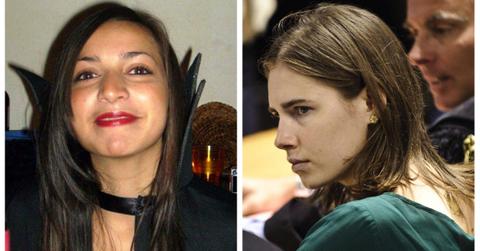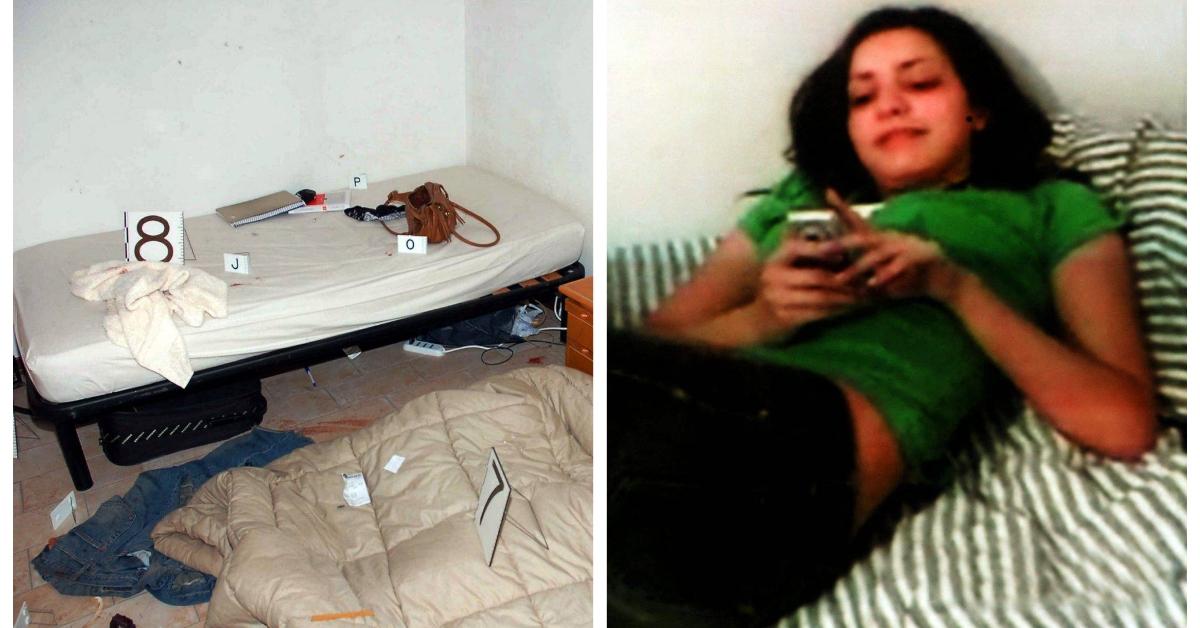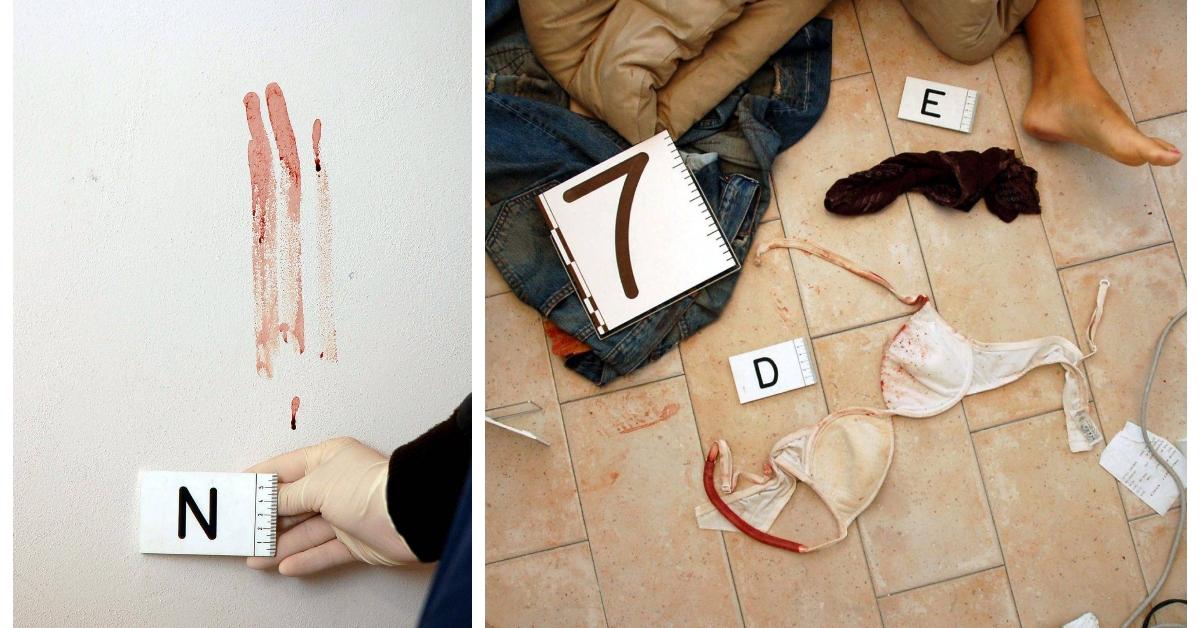During Her Trial, Amanda Knox Couldn't Look at Images of Meredith Kercher's Autopsy
Meredith Kercher died a brutal death and the science proves it.
Published Aug. 21 2025, 5:05 p.m. ET

Reading an autopsy is akin to looking at the diary of a person's death. For Meredith Kercher, the British girl murdered in November 2007 while studying abroad, it tells the story of a violent death. The story of the 21-year-old's murder was thrust into the international spotlight when Kercher's roommate and her boyfriend were charged in connection with her death.
That roommate was Amanda Knox, and her journey, along with that of her then-boyfriend Raffaele Sollecito, would also tell its own tale.
According to Kercher's autopsy, there were 62 wounds on her body, 38 of which were in the head and neck region. There were four minor cuts on her hands, which suggest she was trying to defend herself against the onslaught of violence being waged against her.
She was covered in bruises, some of which were from her killer's fingers digging into the struggling girl's body. Kercher's autopsy tells the story of a deeply disturbing death.

Meredith Kercher's autopsy was painful yet necessary.
Pathologist Luca Lalli, from Perugia's forensic-science institute, conducted Kercher's autopsy, which took seven hours to complete, per Reuters. During Knox's trial, Dr. Lalli testified that Kercher died from a stab wound to her neck. There were two stab wounds labeled as critical, while the remaining six to her neck were minor.
Dr. Lalli also noted bruising in Kercher's vaginal and anal areas. The visible bruising by Kercher's vaginal entrance did not come from a lack of proper lubrication, said gynecologist Dr. Mauro Marchionni.
He noted that this type of bruising was extremely rare and was usually the result of extreme violence.
The medical team hired by Judge Matteini did not have the information about the vaginal bruising. They said the evidence regarding sexual violence was inconclusive. On the other hand, the medical team hired by the prosecution, who did have the vaginal bruising information, said sexual violence was strongly suggested.

During the trial, Amanda Knox couldn't look at images of Kercher's autopsy.
In April 2009, Dr. Lalli testified during Knox and Sollecito's trial that there was no biological proof that Kercher was sexually assaulted before she was murdered.
This part of the trial was conducted behind closed doors as Judge Giancarlo Massei decided that it should not be seen or heard by the public or the press, per ABC News.
During a break, Francesco Maresca, a lawyer for Kercher's family, told the press that Knox kept her head down the entire time. She never looked at the photos of Kercher's autopsy that were displayed on a screen in front of her.
Sollecito, on the other hand, looked up occasionally. While Dr. Lalli said Kercher's body didn't have the usual signs of rape, he did say she could have been forced to have sex under threat.
The prosecution and defense were focusing on whether or not Kercher was sexually assaulted because it could indicate whether or not more than one person was involved in Kercher's death.
If she was assaulted, the prosecution believes it was only possible if several individuals were holding her down. If she wasn't raped, that could point to a single killer.